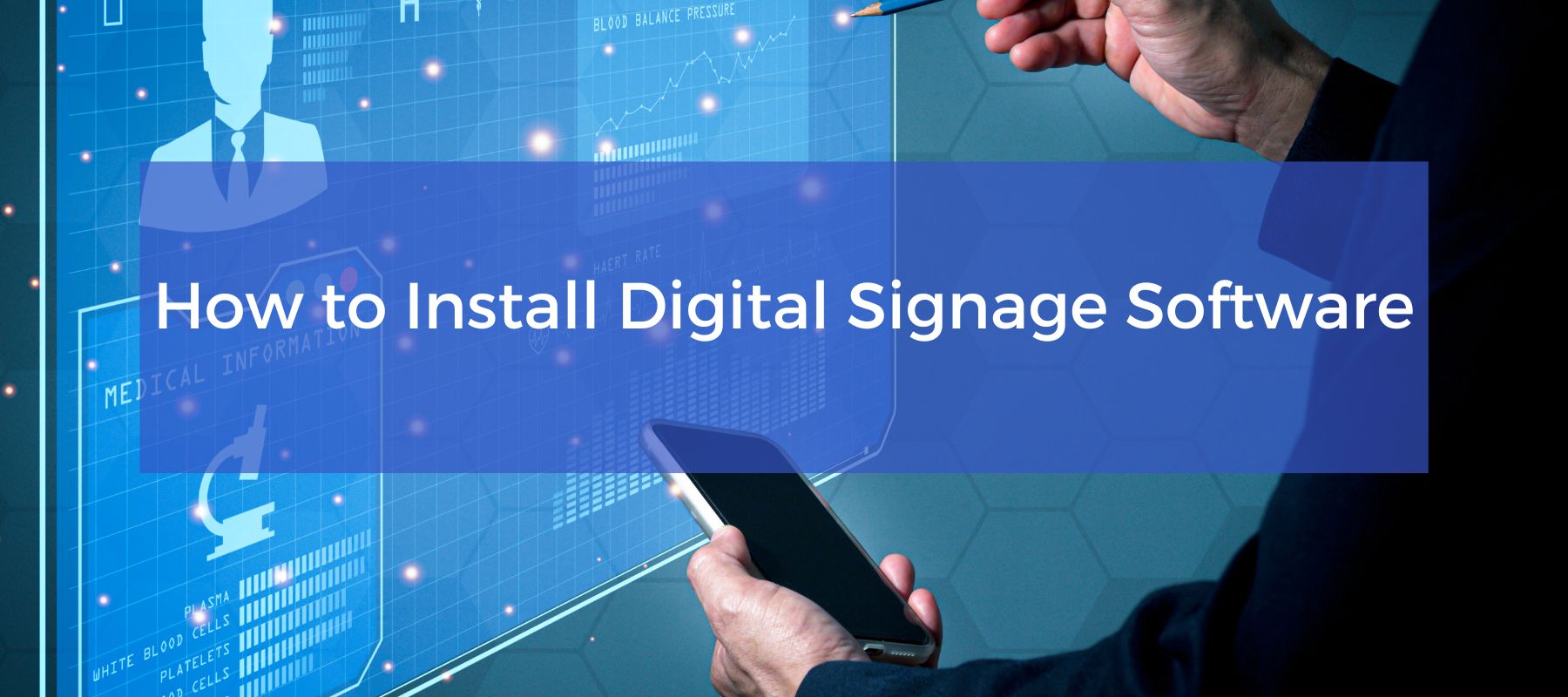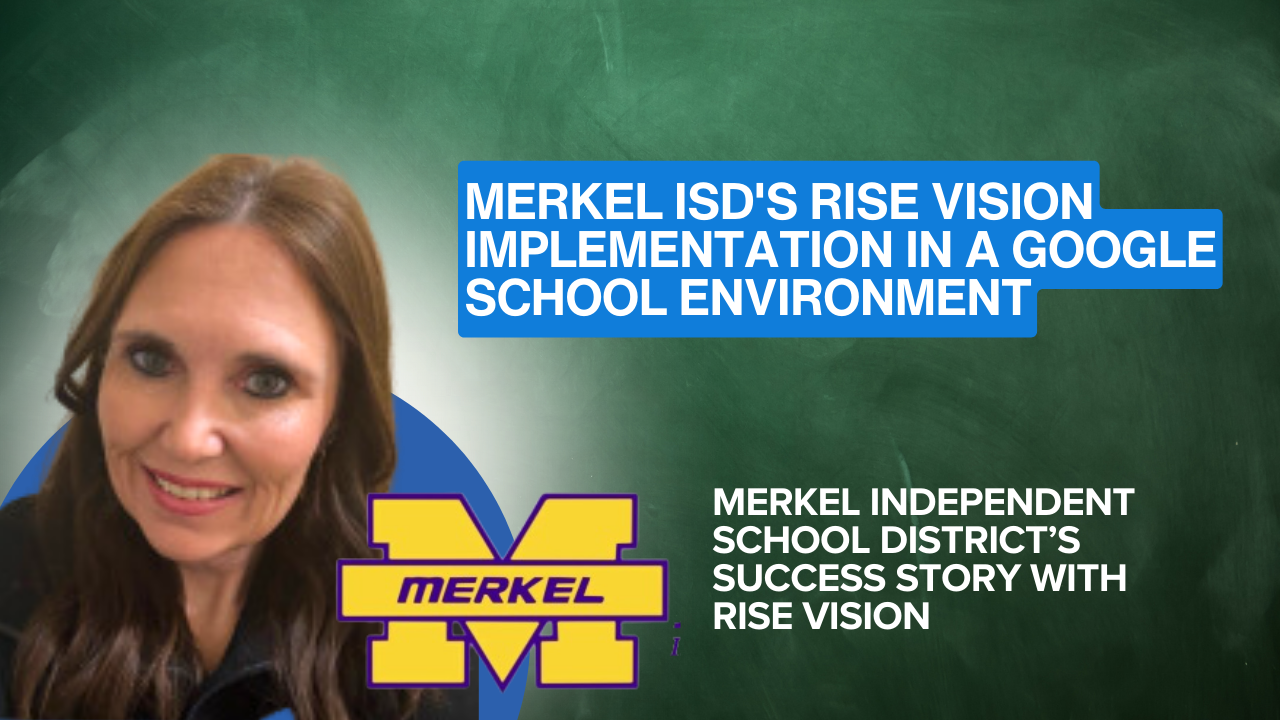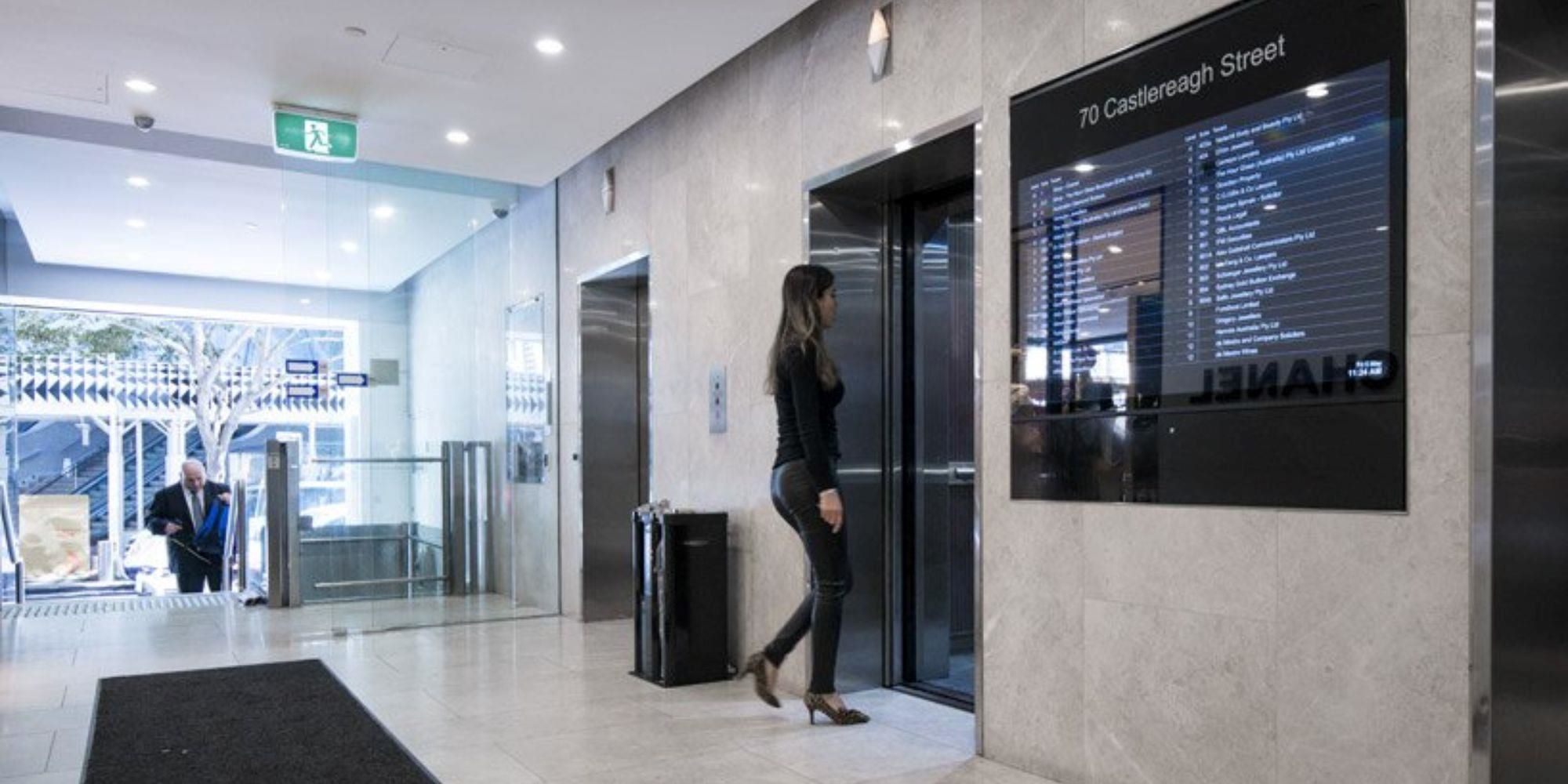
Digital signage is an increasingly popular tool for businesses to communicate their message. With its ability to quickly and easily create dynamic displays with text, images, videos, and more, digital signage can take your communications efforts to the next level.
Installing digital signage software can be a daunting task, but it doesn’t have to be. This article will provide a guide to installing digital signs and signages to get your business up and running in no time.
What Does Digital Signage Installation Involve?
Digital signage installation is a complex process that requires careful planning and execution. It involves connecting digital displays to a system, configuring the software and hardware, designing content for the display, and managing it all from one central location.
Choosing the Display
The first step in any digital signage installation is to plan out what type of display will be used. This includes selecting the size and type of display, as well as where it will be installed.
Configuring the Hardware
Once this is done, the next step is to configure the hardware for use with digital signage. This means connecting displays to a system that can control them remotely, such as a computer or server.
Installing and Configuring the Software
Once the hardware is ready, software must be installed and configured to control the displays. The software includes content management systems that are used to create, update, and manage content on the display.
Content can be anything from text messages, images, videos, or even interactive games.
Setting Up a Central Location
Finally, once the hardware and software are ready to go, they must be managed from a central location. This usually involves creating an operator or admin user who can manage the display’s content, update settings, and monitor performance.
Where to Put Your Digital Signage
The first and foremost thing to consider when deciding where to put digital signage is who your target audience is. If your digital signs will be visible in public spaces, such as malls or airports, you should think about the people who frequent those places.
Where are they coming from? Are they looking for specific services or products? Knowing your target audience can help you make sure that your digital signage is in the right place to get noticed. Additionally, it can help you determine whether or not a certain location is the best fit for your message.
You should also consider the environment of each potential location for your digital signage.
Is there adequate lighting and space for your signs? Does the space have enough foot traffic to make your message visible? Is the setting conducive to displaying digital signage, such as a specific wall size or ceiling height that can accommodate a larger display? Answering these questions will help you determine if your chosen location is right for your message.
Finally, you should look at the cost of each potential location. Depending on the size of your digital signage and the environment it will be in, the cost of displaying your message can vary dramatically.
Make sure you factor in all costs, such as installation, hardware, software, and ongoing maintenance fees, to ensure that you're getting the most out of your investment. If your budget is tight, consider opting for a free signage software to keep your costs at bay.
Challenges to Consider in Digital Signage Installation
Installing digital signage can be a complex process, and there are several challenges that should be taken into consideration before embarking on the project. Understanding these potential obstacles in advance can help ensure a successful installation.
Media Players
Media players used in digital signage installations must provide a reliable and stable platform. This means they need to be able to handle any type of media file format, display content correctly on different types of displays, and continuously run without fail.
The choice of digital signage media player is key to success for any digital signage installation. Choose a media player that is reliable and can handle the demands of the task.
There are a few key factors to consider, such as hardware compatibility, scalability, content delivery methods, and software support. It is also important to ensure the media player is secure and able to protect against viruses or other malicious attacks.
Connectivity
In order for the digital signage system to work properly, a reliable connection is needed between the display and the digital media player, such as a small PC, Amazon Fire Stick, or Raspberry Pi device. The media player then handled the connection to the internet via ethernet or wifi. Through the internet connection, the media player connects to the CMS via an installed desktop or web application, and content is displayed.
Important Notice
Amazon’s new Fire OS 8 for Fire TVs and Sticks has system-level changes, which make it difficult to use Rise Vision or any digital signage software with Fire OS. Rise Vision no longer recommends using Fire Sticks or Fire TVs for use with digital signage.
For alternative media player recommendations, please check out our hardware list here.
You can still use a Fire OS 8 Amazon device however it requires additional steps to set up Rise Vision and could stop working depending on the changes Amazon makes.
Some connectivity issues that can arise include:
- Interference from other wireless devices - can interfere with signal strength and throughput and cause issues in the reception of the content which will be displayed on the digital signage display.
- Weak or inconsistent connection between the media player and the CMS - can result in delays in updating content or displaying new content altogether.
Many digital signage systems require a dedicated internet connection to the CMS for optimal performance. This can be costly if there is no existing infrastructure or connections available at the installation site. Good CMSs will continue to run even without an internet connection because the content is stored in the media player itself.
Due to these challenges, careful planning and consideration should be taken into account when installing digital signage. Connecting your digital sign to your media player with physical cabling, like HDMI, is always best when possible.
Electrical
Electrical issues are a common challenge in digital signage installation. Electrical wiring needs to be done correctly so that the system is able to power all of its components, but there also must be enough grounding for safety and protection from electrical surges.
Additionally, power sources, such as outlets or dedicated power lines, need to be reliable and powerful enough to support the full power requirements of the system. In some cases, additional electrical components may need to be installed, such as signal converters or amplifiers, which again require proper wiring and connections.







